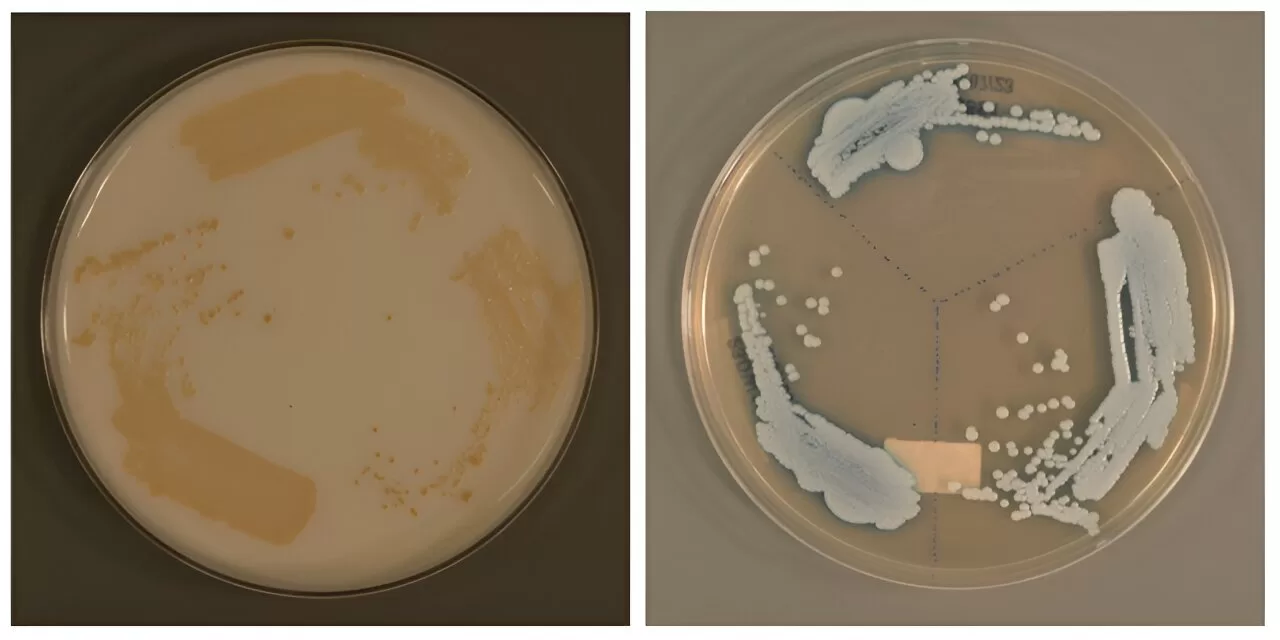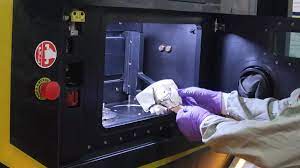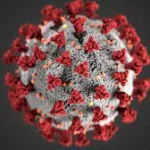In just a decade, Candida auris (C. auris), a drug-resistant fungal pathogen, has emerged as one of the most pressing concerns for healthcare systems worldwide. Its ability to thrive in healthcare settings, particularly in hospitals, has made it a formidable foe, with the New York-New Jersey (NY-NJ) metropolitan area standing out as a hotspot for infections. This region now accounts for nearly 20% of all U.S. cases.
A recent study conducted by researchers at New York Medical College, published in Microbiology Spectrum, delves into the unexpected factors fueling the spread of C. auris. The study, led by Dr. Vishnu Chaturvedi, a professor of pathology, microbiology, and immunology, highlights the crucial role of international travel, particularly from South Asia, in the introduction and continued spread of this dangerous pathogen in the U.S.
“New York City is a major hub for international passengers, including travelers from South Asia, where C. auris is more widespread,” says Dr. Chaturvedi. “The U.S. outbreak of C. auris in 2016 coincided with increased travel and trade with South Asia. This trend has continued, with the rise in cases following the resumption of global travel after the COVID-19 pandemic.”
However, Dr. Chaturvedi and his team found that while international travel is a significant factor, local healthcare networks, including hospitals and extended-stay care facilities, also play a pivotal role in the pathogen’s spread. The study used a Monte Carlo simulation model to show that the introduction of C. auris to the NY-NJ area was not random but strongly linked to travel patterns and the density of healthcare facilities.
C. auris can cause a range of symptoms, including fever, chills, lethargy, and pain. Because it is resistant to many antifungal treatments, it poses a unique challenge to healthcare providers. Early detection through specialized laboratory testing is crucial for controlling its spread, and Dr. Chaturvedi stresses the importance of active monitoring and screening within healthcare settings.
“Robust infection-control strategies and vigilant monitoring are essential to curb the spread of C. auris in healthcare environments,” he advises. “Hospitals must be proactive in screening patients and their surroundings to ensure the timely identification of this pathogen.”
In light of these findings, healthcare providers are urged to take a multi-pronged approach to mitigate the threat of C. auris, combining global travel awareness with local infection-control measures to prevent further outbreaks.
Disclaimer: The content in this article is based on the findings of the study published by New York Medical College in Microbiology Spectrum and should not be construed as medical advice. For accurate diagnosis and treatment, consult a healthcare professional.
More information can be found in the study by Rita R. Verma et al, “Simulating a travel-related origin of Candida auris in New York–New Jersey,” Microbiology Spectrum (2024). DOI: 10.1128/spectrum.02065-24.











